8 Best Air-Purifying Houseplants to Enhance Your Indoor Environment
- May 14, 2024
- 0 comment
In our quest for healthier living spaces, we often overlook houseplants, a simple, natural solution already in our homes. While outdoor air has pollutants, indoor air is also tainted by volatile organic compounds (VOCs) from paints, cleaners, and air fresheners. Houseplants offer a green and attractive way to improve indoor air quality.
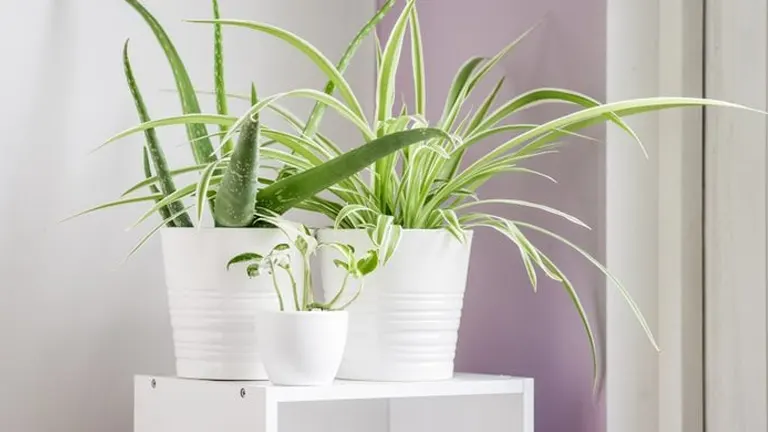
Plants are more than just decorative; they’re powerhouse purifiers that can significantly improve indoor air quality. Studies, including those conducted by NASA, have demonstrated that certain houseplants can filter out harmful VOCs such as formaldehyde and benzene, transforming them into harmless substances. The process not only purifies the air but also enhances your living space’s overall well-being.
Top 8 Health-Boosting Houseplants
1. Spider Plant (Chlorophytum Comosum)
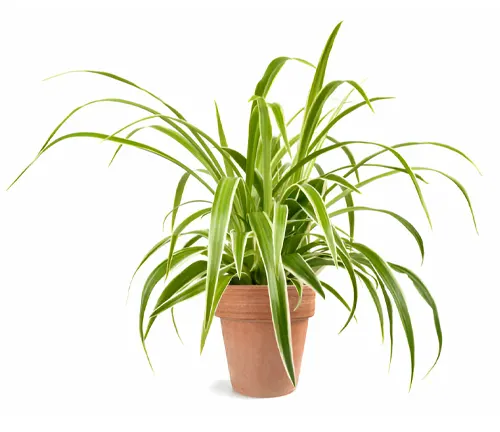
The Spider Plant is a resilient addition to your indoor garden, renowned for its ability to purify the air by removing formaldehyde and carbon monoxide, along with xylene. It thrives in bright, indirect sunlight and requires watering a few times a week. Safe for pets, this plant is an ideal choice for households with animals. Spider plants are also known for their unique ability to produce spiderettes, which can be easily propagated to expand your collection or shared with friends and family.
2. Snake Plant (Sansevieria Trifasciata)
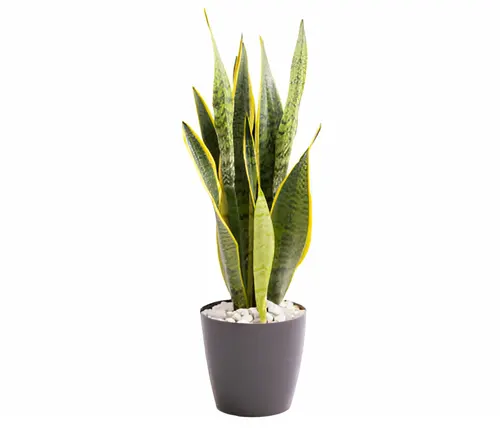
Known for its striking upright foliage, the Snake Plant is a robust purifier, removing harmful toxins such as formaldehyde, xylene, benzene, toluene, and trichloroethylene from the air. It prefers dry conditions and can adapt to a variety of lighting situations, making it suitable for most rooms as long as they receive some sunlight. However, it is toxic to cats and dogs, so it should be kept out of reach of pets.
3. Chrysanthemum (Chrysanthemum Morifolium)
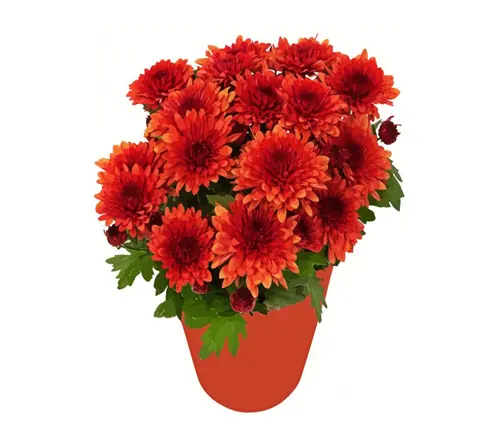
Brightening your home with its colorful blooms, the Chrysanthemum effectively filters out ammonia, benzene, formaldehyde, and xylene. These plants require damp soil and plenty of sunlight to thrive. While they add a vibrant splash of color, they are toxic to both cats and dogs and therefore must be placed where pets cannot reach them. Chrysanthemums offer about six weeks of air purification when in bloom.
4. Weeping Fig (Ficus Benjamina)
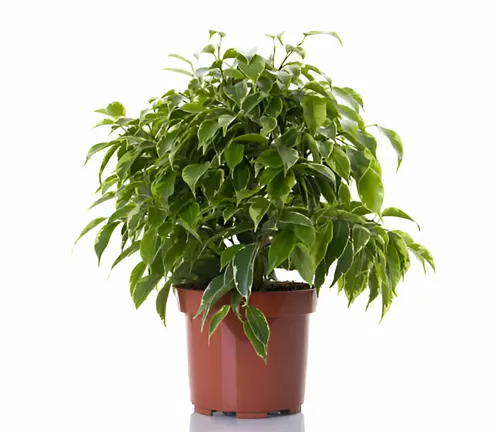
A popular choice for indoor spaces, the Weeping Fig is adept at cleaning airborne toxins like formaldehyde, xylene, and toluene, commonly found in indoor environments. This plant prefers to be kept out of direct sunlight and needs its soil to dry out between waterings. Despite its air-purifying strengths, it is toxic to pets, requiring careful placement in homes with animals.
5. Dracaenas
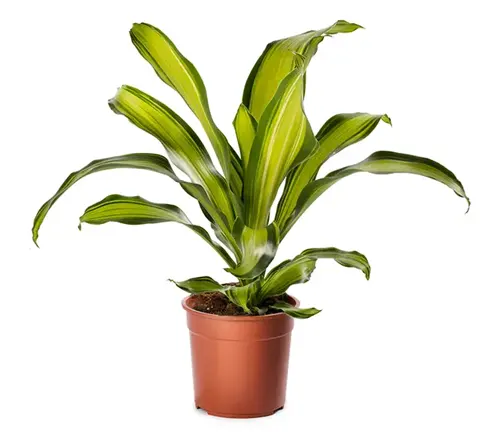
With over 40 different species to choose from, Dracaenas can dramatically enhance your indoor air quality by removing trichloroethylene, xylene, and formaldehyde. They prefer indirect light and should only be watered once the soil becomes slightly dry. Be aware that these plants are also toxic to pets, so they should be kept in an area that your animals cannot access.
6. English Ivy (Hedera Helix)
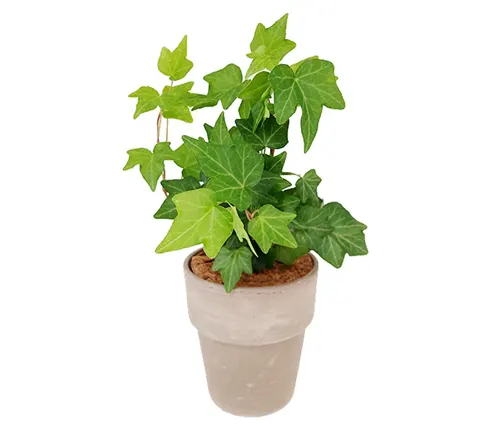
English Ivy is particularly effective at reducing levels of mold and several toxins found in salon products, making it an excellent choice for bathroom placement. It requires moist soil and a few hours of direct sunlight each day but can be managed in lower light conditions. It’s important to note that English Ivy is toxic to pets, so it should be placed well out of their reach.
7. Peace Lily (Spathiphyllum)
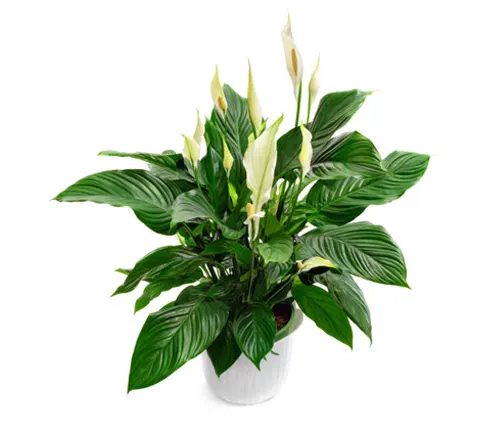
The Peace Lily is a beautiful plant that not only decorates your home with stunning white blooms but also improves indoor air quality by increasing humidity and reducing mold spores. This plant needs shade or indirect sunlight and consistently damp soil to thrive. Like many other air-purifying plants, it is toxic to cats and dogs.
8. Aloe Vera
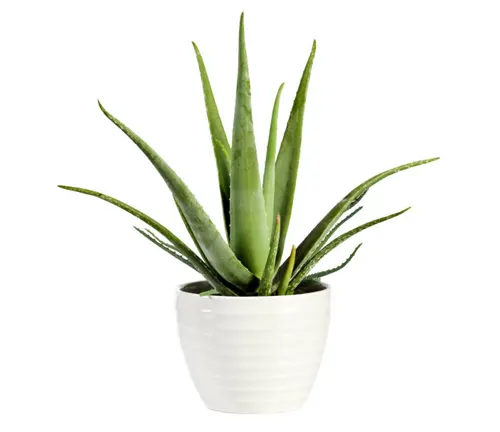
Aloe Vera is one of the easiest plants to care for, known not just for its ability to clear formaldehyde and benzene from the air, but also for its medicinal benefits. The gel from its leaves can be used to treat burns, cuts, and other skin conditions. It thrives in full sunlight and requires only occasional watering. However, Aloe Vera is toxic to pets and should be kept in a safe spot.
Health Benefits Beyond Air Purification
Houseplants do more than purify the air; they also offer significant mental health benefits. They can:
- Boost Mood: Studies show that interacting with plants can elevate a person’s mood, reducing stress and anxiety.
- Enhance Cognitive Function: Being around plants, especially flowering ones, can improve concentration, memory, and productivity.
- Holistic Therapy: For those with mental health challenges, interacting with plants can serve as a therapeutic activity.
Long-Term Maintenance and Troubleshooting Tips for Houseplants
Maintaining the health of your houseplants is key to ensuring they continue to beautify your space and purify your air for years to come. Here are essential maintenance tips and solutions for common issues to help your indoor plants thrive:
Regular Care Routine
- Watering: Check the soil moisture levels regularly. Most houseplants prefer the soil to be slightly dry before the next watering. Overwatering is a common mistake that can lead to root rot.
- Lighting: Ensure each plant receives the appropriate amount of light. Some plants require bright, indirect light, while others thrive in lower light conditions. Rotate plants occasionally to ensure even light exposure.
- Pruning: Regularly prune your plants to remove dead or yellowing leaves and to encourage healthy growth. This helps prevent disease and pest infestations.
- Feeding: Feed your plants with the right type of fertilizer during their growing season (usually spring and summer). Follow the recommended frequency and concentration to avoid nutrient burn.
Troubleshooting Common Problems
- Yellow Leaves: Often a sign of overwatering or poor drainage. Ensure your pot has adequate drainage holes and you’re not watering too frequently. Yellow leaves could also indicate a lack of nutrients or sunlight.
- Drooping Leaves: This can indicate underwatering or overwatering. Check the soil’s moisture—if it’s dry, give your plant a good drink; if it’s soggy, let it dry out. Consider the plant’s specific water needs.
- Brown Leaf Tips: This can be caused by dry air, especially in winter when indoor heating can reduce humidity. Mist your plants regularly, or use a pebble tray to increase humidity. Brown tips can also result from over-fertilizing.
- Pests: Common pests like spider mites, aphids, and scale can be controlled with neem oil or insecticidal soap. Regularly inspect your plants for signs of pests and treat them promptly to prevent infestations.
- Disease: Fungal and bacterial diseases can manifest as spots on leaves or a sticky residue. Improve air circulation around the plant, reduce leaf wetness, and remove any affected parts of the plant. Fungicides or bactericides may be required in severe cases.
Rejuvenating Unhealthy Plants
- Repotting: If your plant has outgrown its pot or the soil is exhausted, repotting can give it a new lease on life. Choose a pot that’s slightly larger than the current one and use a fresh potting mix.
- Root Care: When repotting, gently tease out the roots if they are densely packed. Trim any rotten or excessively long roots to promote healthy growth.
- Reviving Dried-Out Plants: For plants that have dried out completely, immerse the entire pot in a bucket of water for a few minutes until air bubbles cease. Allow to drain and then place in a location with suitable light.
- Cleaning: Dust on leaves can block sunlight and reduce a plant’s ability to photosynthesize. Clean leaves gently with a damp cloth or a mild soap solution to keep them healthy and efficient at purifying air.
Conclusion
Incorporating plants into your home isn’t just about beautification; it’s a practical step towards creating a healthier, more vibrant living environment. Whether you’re combating air pollution or looking for a natural mood enhancer, there’s a plant that can meet your needs. So next time you’re looking to freshen up your space, remember that the best solutions are often green.
FAQs
- Why are my houseplants’ leaves turning brown on the edges?
Brown leaf tips can occur due to low humidity, over-fertilization, or fluoride in tap water. Consider using filtered water and ensure your plant is not exposed to drafts from heaters or air conditioners. - Can I use coffee grounds as fertilizer for my plants?
Yes, coffee grounds can be beneficial as they contain nitrogen, which supports plant growth. However, use them sparingly and ideally composted, as fresh grounds can be too acidic for some plants. - How can I tell if my plant is getting too much light?
Signs that your plant is getting too much light include washed out, bleached leaves or leaves that get crispy and burn quickly. Consider relocating your plant to a spot with more indirect light. - What is the best way to increase humidity for my indoor plants?
Besides misting your plants, you can place a humidifier nearby or use a pebble tray. Fill a tray with pebbles and water, and place the plant on top. The water will evaporate around the plant, increasing humidity. - How often should I repot my houseplants?
Generally, houseplants need to be repotted every 12-18 months, but the specific timing can vary based on the plant’s growth rate and the size of the current pot. If you see roots growing through the drainage holes, it’s time to repot. - What are the signs that my houseplant is overwatered?
Symptoms of overwatering include yellowing leaves, a musty smell from the soil, and a general drooping or wilting of the plant despite the soil being wet. - Can houseplants survive in artificial light?
Yes, many houseplants can thrive under artificial light, especially if it mimics the spectrum of natural light. LED or fluorescent bulbs are usually good choices for plants. - How can I make my own potting mix for houseplants?
A simple DIY potting mix can be made from one part peat moss or coconut coir, one part perlite, and one part compost. Adjust the mixture based on the specific needs of your plants for drainage and nutrient retention. - What should I do if my cat keeps chewing on my houseplants?
First, ensure that all plants within reach are non-toxic to cats. To deter your cat, try spraying the leaves with a mixture of water and mild vinegar, or place citrus peels around the pot, as most cats dislike these smells. - How can I propagate my houseplants effectively?
Most houseplants can be propagated from cuttings. Snip a section below a node, allow it to callous or dry for a few hours to a day, then place it in water or a moist potting mix. Provide indirect sunlight until roots develop, then transplant.
We hope this guide helps you breathe a little easier and brings more green into your space! Got a tip or a plant story of your own? Don’t be shy—drop us a comment below! We love hearing from you and learning about your plant adventures. Feel free to share this with fellow plant enthusiasts to spread the leafy love. Happy planting!

Emma Hudson
Forestry AuthorEmma's experience in farming shapes her detailed guides on gardening and farming tools, providing practical, actionable advice grounded in real-world experience. Her work targets both newcomers and experienced farmers, aiming to enhance their practices with a mix of traditional wisdom and modern techniques. By making complex agricultural concepts accessible, Emma's guides serve as valuable tools for those navigating the challenges of contemporary farming, offering strategies for sustainable success.













Leave your comment